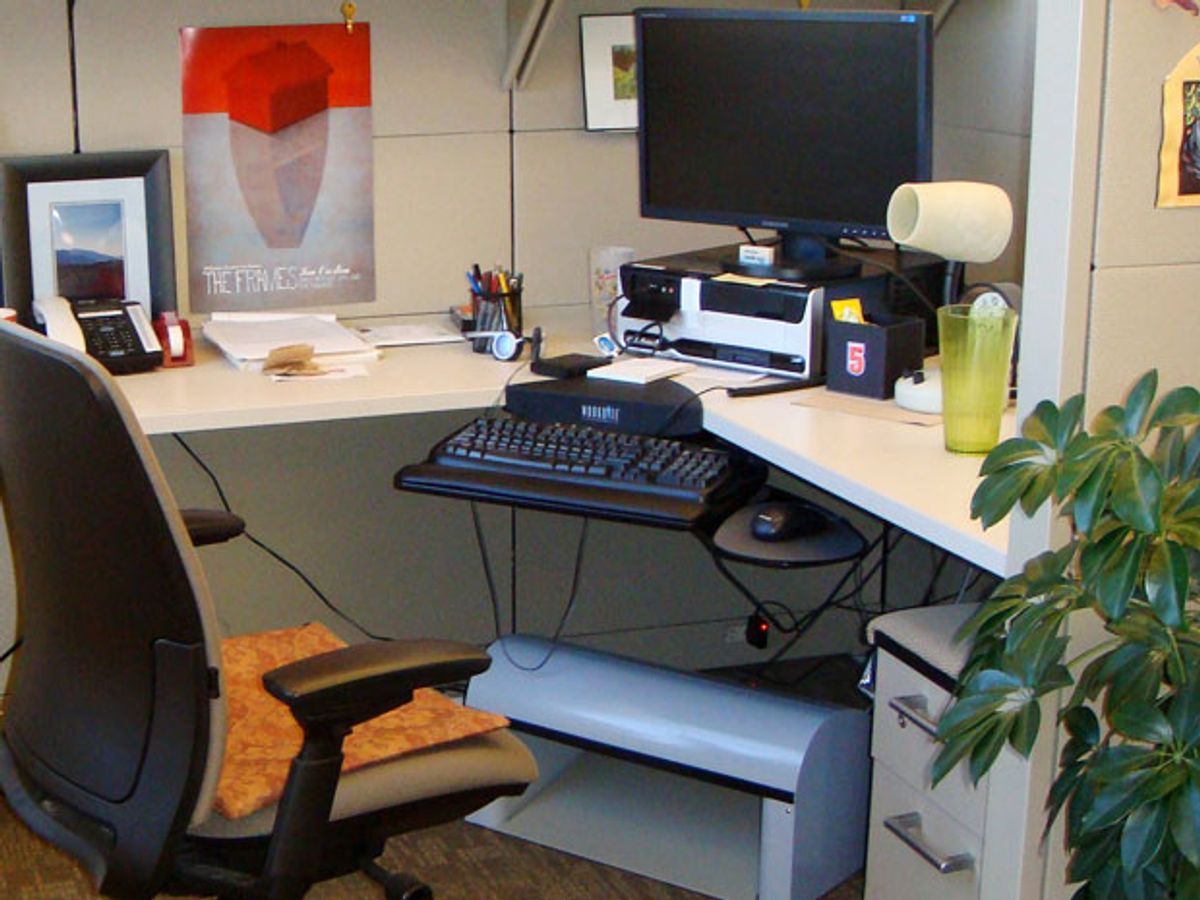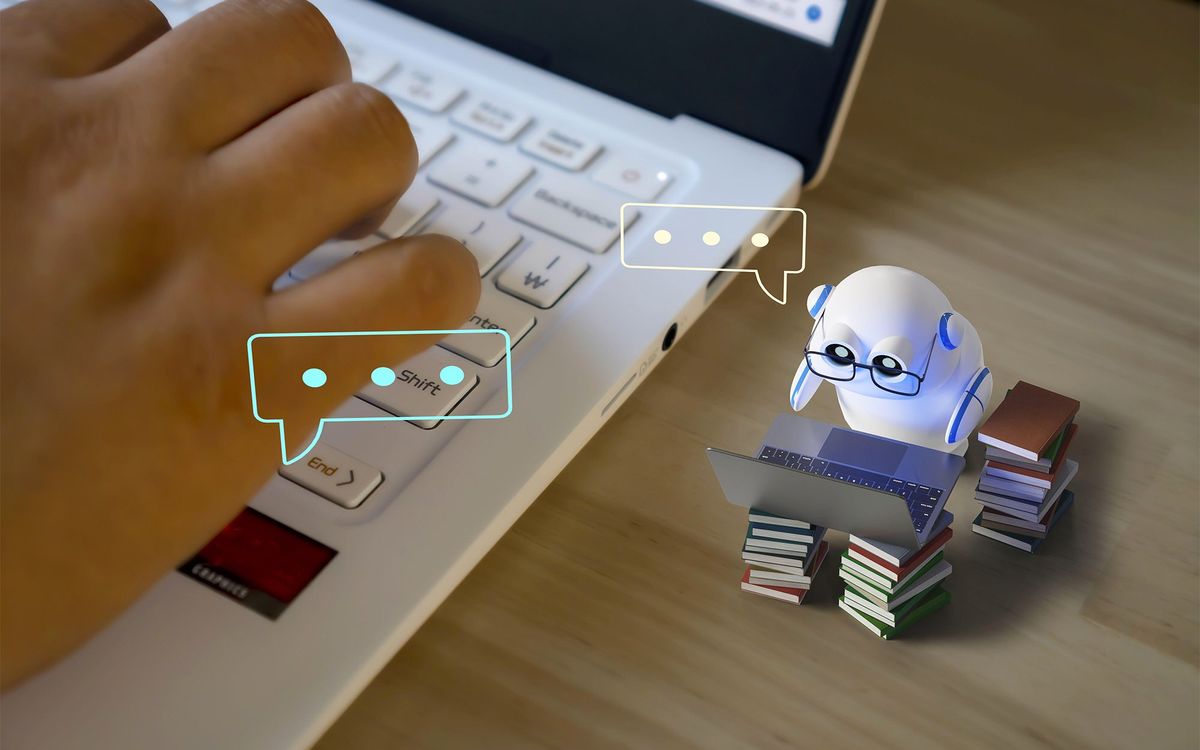No one ever seems happy with the temperature in the office. Someone has a sweater stashed away in a drawer to throw on when the air conditioning blasts in summer, while another worker, seated one desk over, is always sweating in winter.
Researchers at the University of California at Berkeley’s Center for the Built Environment (CBE) recently received a US $1.6 million grant to tackle this long-standing problem. Their solution: a Personal Comfort System (PCS) that not only keeps individuals happy at their desks, but also provides feedback to the building’s facility managers so they can fine-tune the heating, ventilation, and cooling (HVAC) system.
“It’s even better than having a thermostat at every workstation, if that were possible,” Edward Arens, the center's director and the project’s co-principal investigator, said in a statement.
The PCS has foot warmers, fans and low-wattage devices embedded into office chairs to warm or cool an office worker on demand. The system focuses on the most thermally sensitive parts of the body, such as the head and feet, which is more efficient than maintaining one temperature for an entire office space.
On average, the PCS uses 2 watts for cooling and 40 watts for heating, far lower than the 1500 watts that a conventional space heater uses. The entire system operates on a rechargeable lithium ferrophosphate battery and turns off when the user leaves his or her desk.
The PCS's sensors don't just yield benefits in terms of comfort. The information they relay to facilities managers give greater control over the building’s energy consumption. The goal of the project is to integrate occupant information with cutting-edge energy controls and computer sciences to cut energy use. The researchers have found that for a typical California commercial office space, the systems can cut HVAC electricity use by up to 30 percent and cut natural gas use by 39 percent. The team will put together about a hundred prototypes of the special heating-cooling chairs for pilot studies.
The researchers are working with architectural and engineering firms and also the local utility, Pacific Gas & Electric. Even with a multitude of stakeholders, there are plenty of challenges. There are issues with integrating new technologies into legacy HVAC systems, and competition from other technologies that can also save energy.
Advanced occupancy sensors, for instance, can fine-tune HVAC output and lighting level based on how many people are in a room. Social networks can help building managers engage tenants in energy efficiency programs. Other upgrades, such as sensors on key pieces of equipment, can also save energy without involving fickle tenants at all. New technologies for HVAC and chiller systems can slash electricity use when they replace older, less-efficient systems.
For the average office worker, however, the idea of personal comfort system is a welcome concept. It might even free up the sweater drawer for another use.
Photos: Center for the Built Environment



